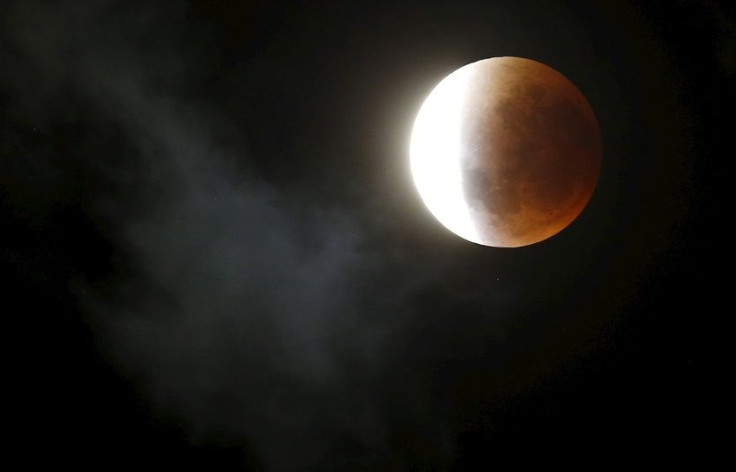Blood Moon 2018: How to view the total lunar eclipse in Australia

A large portion of Australia will be treated to the longest total lunar eclipse in recent history. July’s blood moon will start Friday, and southern Asia, the Indian Ocean region, Africa and the Middle East will be able to get a glimpse of it.
The total phase of the eclipse will last a generous one hour and 43 minutes. But the entirety of the celestial event will be nearly four hours. This is the longest total lunar eclipse of the century.
As Noah Petro, from NASA’s Goddard Space Flight Center, explains to Space.com, the duration of the eclipse depends on the position of the moon as it passes through the Earth’s shadow. The darkest part of Earth’s shadow, the umbra, can be pictured as a cone extending from Earth in the opposite direction to the sun. For this eclipse, the moon will pass closer to the centre of that cone, and therefore it would take it a little longer than the one that had happened just in January.
This week’s blood moon will also happen on the same night that the Earth is passing between sun and Mars, which places Mars at opposition in the sky. According to Earthsky.org, since Mars is opposite the sun in the sky, it will look like a full, red moon.
What is a blood moon?
A blood moon is a non-scientific term given to a total lunar eclipse — which is when the path of the Earth’s orbit lines up directly between the sun and the moon — because of the colour the moon appears to be in while it moves into Earth’s shadow. The moon appears to turn deep red or reddish brown.
Who can see the blood moon this July?
Australians are lucky to see the blood moon this year. Its beginning stages will also be visible in New Zealand before sunrise on July 28. The total lunar eclipse is visible to people in the Eastern Hemisphere, which includes parts of Europe, Africa, Asia, Australia and New Zealand), while South America can also watch the final stages of the eclipse after sunset on July 27. North America, most of the Arctic and the Pacific Ocean will miss out entirely.
When will the blood moon occur in Australia?
The total lunar eclipse will begin on Friday, July 27, and end Saturday, July 28. It will start about 3:15 a.m. AEST on Saturday in Australia’s east coast. The moon will start turning red about 5:30 a.m. on the same day.
However, not all of Australia will be able to see the entire eclipse. Western Australia will be the only state the see the whole event.
“People on the east coast will not see the moon leave the [Earth’s] shadow,” Australian National University astronomer Dr Brad Tucker was quoted by Canberra Times as saying.
How to view the blood moon in Australia?
Unlike solar eclipses, lunar eclipses don’t require special equipment for viewing. A blood moon is safe to observe without films or telescopes and binoculars. They can be viewed directly with the naked eye.




















